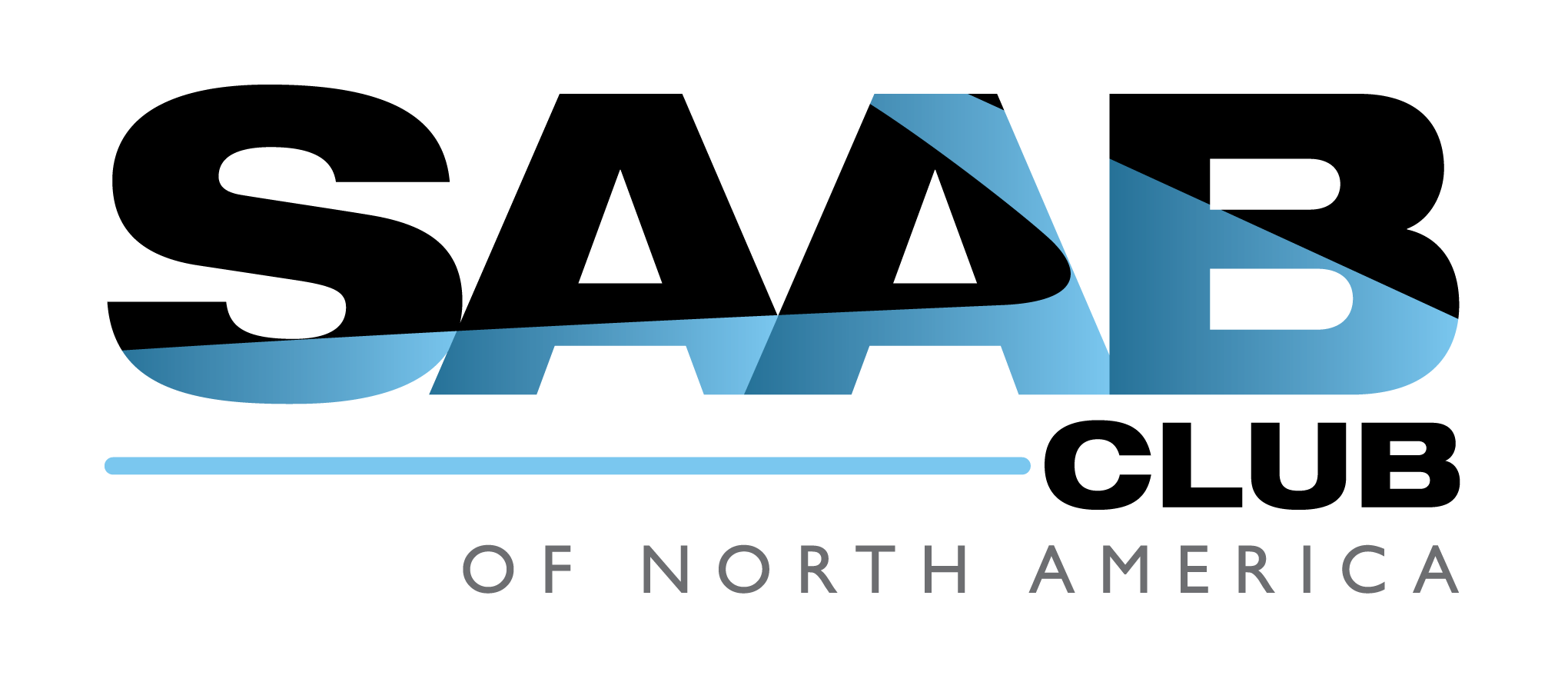|
Cause
|
Correction
|
Abnormalities, severe cracking, bumps, or missing areas in the accessory drive belt
Malfunctions in the auxiliary drive system and the components can cause fluctuations in the engine speed which may be registered as a fault code for misfiring. A fault code for misfiring may be set without there actually having been any misfiring.
|
Replace the drive belt. Refer to
Drive Belt Replacement
.
|
Worn, damaged, or mis-aligned accessory drive components or excessive pulley runout may lead to a misfire DTC.
A misfire code may be present without an actual misfire condition.
|
Inspect the components, repair or replace as required.
|
Loose or improperly installed engine flywheel or crankshaft balancer
A misfire code may be present without an actual misfire condition.
|
Repair or replace the flywheel and/or balancer as required. Refer to
Engine Flywheel Replacement
or
Crankshaft Balancer Replacement
.
|
Restricted exhaust system
A serious blockage of the exhaust flow can cause significantly impaired engine performance which may be registered as a fault code. Possible causes of blockage are squashed or buckled pipes or clogged silencer and/or catalytic converter.
|
Repair or replace as required.
|
Improperly installed or damaged vacuum hoses
|
Repair or replace as required.
|
Improper sealing between the intake manifold and cylinder heads, intake manifold and plenum duct, plenum duct and water crossover, water crossover and throttle body and/or pressure relief valve and intake manifold.
|
Replace the intake manifold, plenum duct, gaskets, cylinder heads, throttle body and/or pressure relief valve as required.
|
Improperly installed or damaged MAP sensor and/or seal
The sealing grommet of the MAP sensor should not be torn or damaged.
|
Repair or replace the MAP sensor as required.
|
Improperly installed or damaged EVAP purge solenoid and/or O-ring seal
|
Repair or replace the EVAP purge solenoid as required.
|
Worn or loose followers, valve rocker arms
The follower, valve rocker arm, roller bearing should be intact and in the proper position
|
Replace the followers, valve rocker arms, as required.
|
Stuck valves
Carbon buildup on the valve stem can cause the valve not to close properly.
|
Repair or replace as required.
|
Excessively worn or mis-aligned timing chain or chains
|
Replace the timing chain or chains and sprockets as required.
|
Worn camshaft lobes
|
Replace the camshaft or camshafts and SHLAs, valve lifters.
|
Excessive oil pressure
A lubrication system with excessive oil pressure may lead to excessive valve lifter pump up and loss of compression.
|
|
•
|
Repair or replace the oil pump as required.
|
|
Faulty cylinder head gaskets and/or cracking or other damage to the cylinder heads and engine block cooling system passages Refer to
Diagnostic Starting Point - Vehicle
.
Coolant consumption may or may not cause the engine to overheat.
|
|
•
|
Inspect the cylinder heads, engine block, and/or head gaskets.
|
|
•
|
Repair or replace as required.
|
|
Worn piston rings
Oil consumption may or may not cause the engine to misfire.
|
|
•
|
Perform cylinder leak down and compression testing to identify the cause.
|
|
•
|
Repair or replace as required.
|
|
A damaged crankshaft reluctor wheel
A damaged crankshaft reluctor wheel can result in different symptoms depending on the severity and location of the damage.
|
•
|
Systems with SEVERE reluctor ring damage may exhibit periodic loss of crankshaft position, stop delivering a signal, and then re-sync the crankshaft position.
|
|
•
|
Systems with SLIGHT reluctor ring damage may exhibit no loss of crankshaft position and no misfire may occur. However, a P0300 DTC may be set.
|
|
Replace the crankshaft as required.
|


